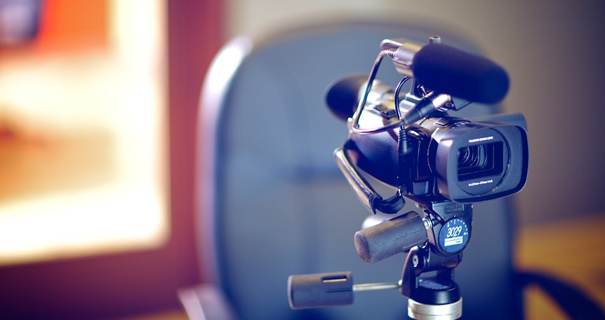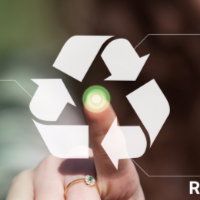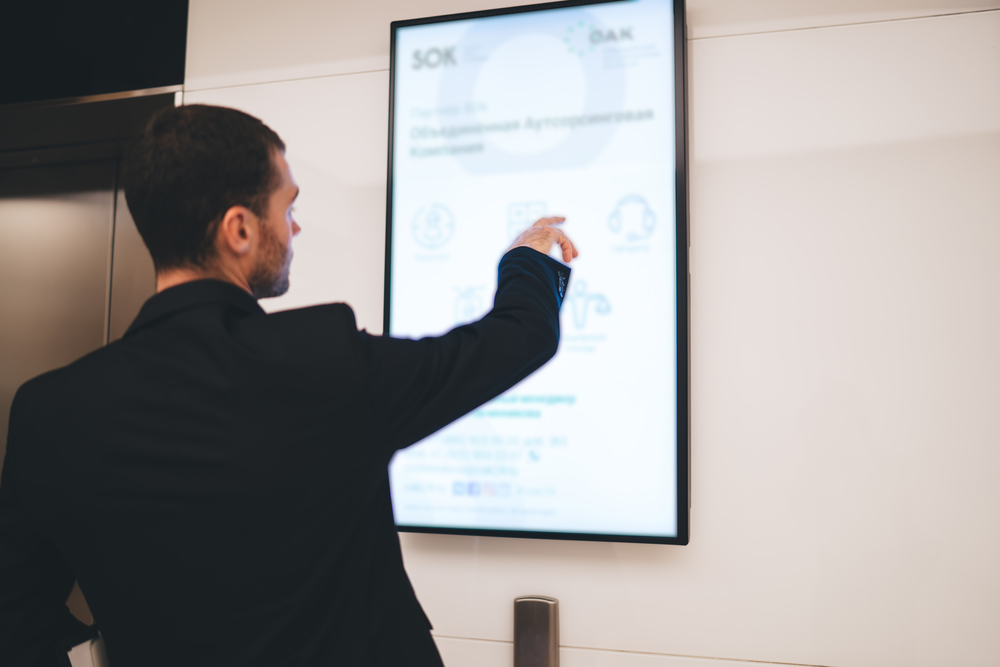The Power of Visuals in Trial Presentations for a Winning Disagreement
The integration of visuals in test presentations has arised as a vital variable in efficiently communicating intricate arguments to jurors. By using numerous forms of visual aids-- be it diagrams, photos, or computer animations-- lawyers can enhance understanding and retention, eventually forming the court's perception of the situation. This strategy not just clarifies elaborate stories however also establishes a psychological resonance that can influence decision-making. As we discover the subtleties of this method, it ends up being vital to think about exactly how specific kinds of visuals can make a considerable difference in test end results. What sensible strategies might attorneys employ to maximize this possibility?
Importance of Visuals in Tests
In lots of lawful setups, visuals play a vital function in improving the efficiency of trial presentations. The assimilation of aesthetic aspects can considerably impact jurors' understanding and retention of complex information, thus shaping their understandings and decisions. Visuals, such as graphes, representations, and photos, can simplify detailed stories, making them a lot more available and compelling.
Furthermore, the human brain procedures aesthetic information more successfully than text, which underscores the relevance of integrating visuals into lawful arguments. By converting dense lawful principles right into visual layouts, attorneys can promote clearer interaction, making sure that bottom lines are not ignored during trials.
In addition, visuals serve to involve jurors on an emotional degree, promoting a link to the situation that words alone might fail to attain. The tactical use visuals can evoke compassion, triggering jurors to take into consideration the human facets of the situation.
Inevitably, the value of visuals in trials hinges on their capacity to improve quality, improve juror engagement, and strengthen the story being provided. This powerful mix is necessary for crafting persuasive disagreements that reverberate with jurors and affect the outcome of lawful process.
Kinds Of Visuals to Use
Efficient test presentations can considerably take advantage of a variety of visual tools that accommodate various aspects of the situation. trial presentations. Using diagrams and charts can properly damage down complex info, making it a lot more absorbable for jurors. For example, flowcharts can illustrate the sequence of events, while bar chart might succinctly contrast appropriate information points.

Animations and simulations can also play a vital role, particularly in instances involving technological data or complex circumstances. These visuals can dynamically represent processes or activities, giving clarity and interaction that fixed photos may not achieve.
Moreover, infographics combine message and visuals to sum up crucial details effectively. They can present timelines, statistics, and significant case factors in an aesthetically enticing fashion, making it less complicated for jurors to adhere to the debate.
Enhancing Understanding and Retention

Enhancing understanding and retention during trial discussions is critical for making certain that jurors comprehend the necessary aspects of a case. Aesthetic help function as powerful tools in this respect, converting complicated information right into quickly digestible layouts. By making use of charts, diagrams, and infographics, lawyers can simplify intricate information and highlight crucial points that might or else be neglected.
Researches have actually shown that people keep details substantially better when it is offered visually. This is specifically relevant in a trial setup, where jurors may be bewildered by the volume of proof and testimony. By tactically incorporating visuals, lawyers can direct jurors' interest to one of the most important aspects of the situation, strengthening their understanding and memory of the product provided.

Developing Engaging Discussions
Exciting jurors' focus throughout test discussions is vital for conveying a compelling narrative. Engaging discussions take advantage of visual elements to create an unforgettable experience that reverberates with jurors. The calculated use of graphics, animations, and videos can illuminate complex details, making it extra obtainable and relatable.

In addition, integrating storytelling methods can boost engagement. Presenting evidence in a logical series that constructs sob story permits jurors to get in touch with the product on a personal level. Diverse discussion layouts, such as incorporating short video or interactive elements, can also receive rate of interest and focus throughout the test.
Eventually, an engaging discussion promotes a more profound understanding of the instance, enabling jurors to better appreciate the debates existing and bring about an extra desirable result.
Situation Research Studies and Success Stories
Many situation research studies highlight the significant influence of visuals in test discussions, showing their ability to influence juror perceptions and inevitably the results of instances. For instance, a remarkable situation including an injury claim illustrated exactly how making use of a 3D computer animation of the mishap scene made clear intricate information. Jurors reported really feeling even more educated and empathetic, considerably swaying their decision for the complainant.
In an additional circumstances, a corporate lawsuits situation utilized infographics to present financial information and timelines, making detailed details obtainable. The aesthetic depiction made it possible for jurors to go right here grasp the nuances of the instance better than verbal descriptions alone. trial presentations. Consequently, the court returned a judgment that went beyond the client's expectations
In addition, a criminal protection instance utilized pictures and video clip proof to establish an alibi. The engaging visuals not only aided in developing question but likewise reverberated emotionally with jurors, leading to a pardon. These success tales highlight the necessity of incorporating visuals right into trial presentations, as they improve understanding, retention, and ultimately, the convincing power of legal debates. The critical use of visuals is without a doubt transforming the landscape of test campaigning for.
Final Thought
In conclusion, the tactical unification of visuals in trial discussions dramatically improves jurors' comprehension and retention of complicated details. Engaging presentations, sustained by engaging case studies, show the extensive effect that visuals can have on influential interaction.